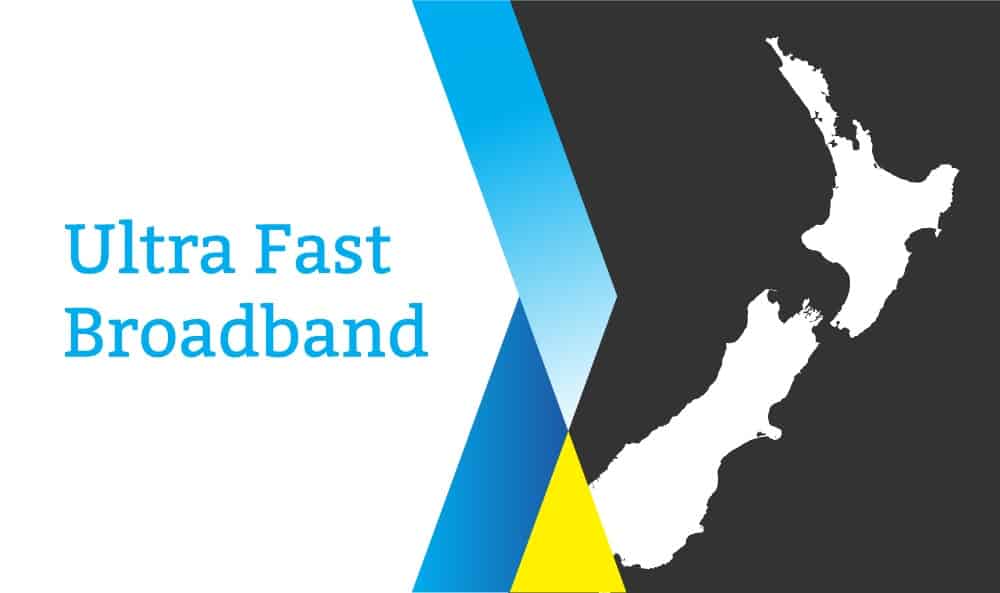Since the advent of UFB in 2011, I have been bemoaning the lack of an elegant way to extract service availability detail from Chorus.
There has been no API to enable true B2B functionality within the various Chorus portals. But now, we finally have progress, albeit a baby step.
Chorus hasn’t been out of line with the industry, virtually every traditional carrier has archaic platforms (tip of the hat to Megaport for being ahead of the pack), but in NZ, Chorus’s missing API created the biggest issue due to the market share they hold.
I recall a moment five years ago when my Chorus account manager told me that automated API calls were around the corner and as a result Chorus was freezing integration on Wireline, their primary portal at the time. Then nothing happened. We were in limbo, the new portal didn’t have an API, and the old portals were no longer supported. And that is how it has been since. We have scraped and parsed the detail we could to present data on our SQ tool, but data has been less accurate than we would like and the required work to source the data more intensive than it should be.
So, to the good news and what it means.
In late January Chorus announced the release of two APIs that now allow us to make the following calls:
- Which services are active Broadband Products currently active at an address. For example an address may have an active VDSL service.
- Which broadband products are currently available to be provisioned at the address
- Current and potential speeds that can be achieved for broadband products at an address.
- The status of the Chorus fibre rollout at the address.
- The status of the fibre build at the address.
- The status of any consents required for the fibre build at the address.
- Details of the network equipment serving the address.
- The UFB or RBI area which the address falls within
Tim Philips, a very smart developer I have worked with for a long time now, tells me that another important point is that Chorus has made a huge improvement in the way they engage with providers and enable feedback to be sent regarding their new API’s and documentation.
Another API planned for release will give access to details on planned and unplanned network events which will allow us to in turn automate our events system and status page.
Why is this important?
There is less margin in each internet connection than ever before. Every ISP needs to be able to automate the process from customer agreement to order lodgement with the relevant carrier, the client comms and scheduling process, and the provisioning of services on the ISP’s core network.
This release from Chorus doesn’t enable an automated process from end to end but it is a big step in the right direction.
Brendan Ritchie

